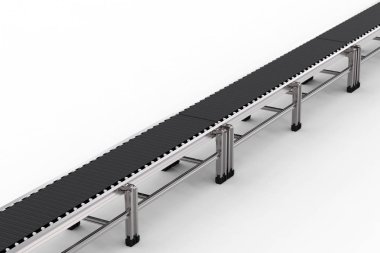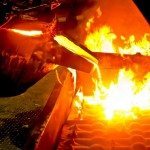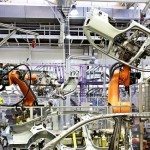As reported by FuelCellsWorks in their article “Hot Solar Hydrogen Reactors on a Conveyor Belt Get a Fast Study”, MIT researchers have developed an innovative train of solar reactors using a conveyor belt system to significantly enhance the efficiency of solar thermochemical hydrogen (STCH) production. This system recycles 70% of waste heat, dramatically improving heat-to-hydrogen conversion efficiency from 10% to 40%.
How the Conveyor Belt System Works
Traditionally, solar hydrogen production relies on a single stationary reactor mounted on a tower. MIT’s new design features a circular conveyor belt that moves multiple reactors in a continuous cycle. Each reactor undergoes two key chemical reactions:
- Reduction Phase – The material ceria (CeO₂) is heated to 1,500°C, causing it to release oxygen.
- Oxidation Phase – The reactor is cooled to 800°C, water is added, and the ceria absorbs oxygen from the water, releasing pure hydrogen.
As the reactors travel along the conveyor belt, they alternate between heating and cooling zones, optimizing heat transfer between the hot and cold reactors. This counterflow heat exchange system reduces energy loss and maximizes efficiency.
The Role of GREENER Software in Optimization
MIT researchers also developed a software tool called GREENER, which combines Monte Carlo Ray Tracing (MCRT) and Rosseland Diffusion Approximation (RDA) to precisely model reactor performance. This allowed the team to determine the optimal thickness of ceria, ensuring maximum hydrogen production while minimizing temperature gradients.
Implications for Clean Energy and Conveyor System Innovation
This breakthrough highlights how conveyor belt technology can revolutionize renewable energy by enhancing efficiency in solar-powered hydrogen production. By optimizing heat recovery and reactor movement, MIT’s conveyor-based system offers a scalable, cost-effective solution for clean hydrogen generation.
Click here to learn more about May Conveyor’s belting solutions.
Article with all rights reserved, courtesy of FuelCellsWorks.








